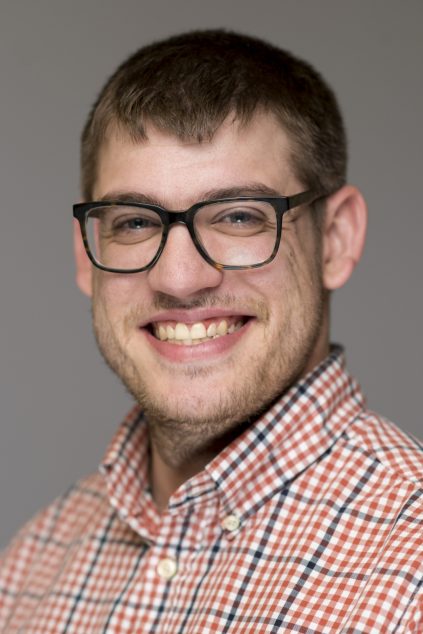Matthew Hartmann
Education
- B.S., James Madison University, 2014
Biosketch
I am a Ph.D. Candidate in the Biomedical Science Ph.D. program. Although I am originally from NY, I decided to pursue my undergraduate studies in Harrisonburg, VA at James Madison University. At JMU, I was involved in both human and animal research. Additionally, I served as a William C. Dement Sleep and Chronobiology Research Fellow in the Bradley Sleep Lab at Brown University during Summer 2013, as well as a Supervising Sleep Technician during Summer 2014. I graduated with a B.S. in Psychology with a minor in Biology in May 2014 and subsequently started my graduate work at UMaine in September 2014.
Research Interests
My research is conducted under the guidance of Dr. Alan Rosenwasser, whose laboratory currently characterizes the underlying genetics that contribute to long-term affective disturbance during alcohol withdrawal. Interestingly, the majority of alcohol research efforts center around the treatment of the acute physiological symptoms of alcohol withdrawal. Therefore, significantly less is known concerning long-term behavioral and neurobiological consequences in post-dependent individuals. The current evidence indicates that affective disturbances, such as increased anxiety and depressive symptoms, tend to emerge weeks to months after beginning abstinence, irrespective of initial benzodiazepine treatment. Therefore, these behavioral symptoms, rather than the acute physiological symptoms, likely contribute to an increased risk of relapse since relapse to excessive drinking usually occurs long after initial detoxification. Unfortunately, alcohol withdrawal is an area of biomedical research currently lacking effective long-term treatment; further research regarding shifts in affective processing during withdrawal is needed in order to develop more successful treatments for post-dependent individuals.
Selected Publications
- Whitehurst LN, Fogler K, Hall K, Hartmann M, Dyche J. The effects of chronic marijuana use on circadian entrainment. Chronobiol Int. 2015;32(4):561-7. Read Abstract

